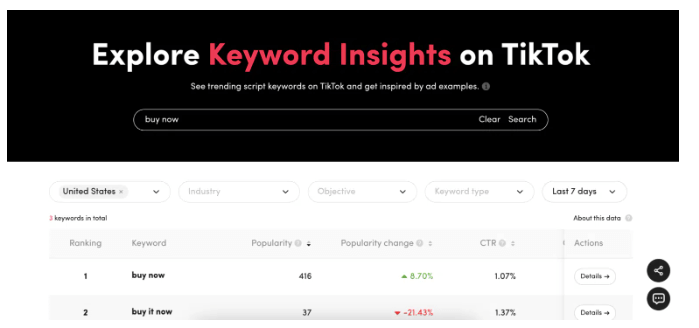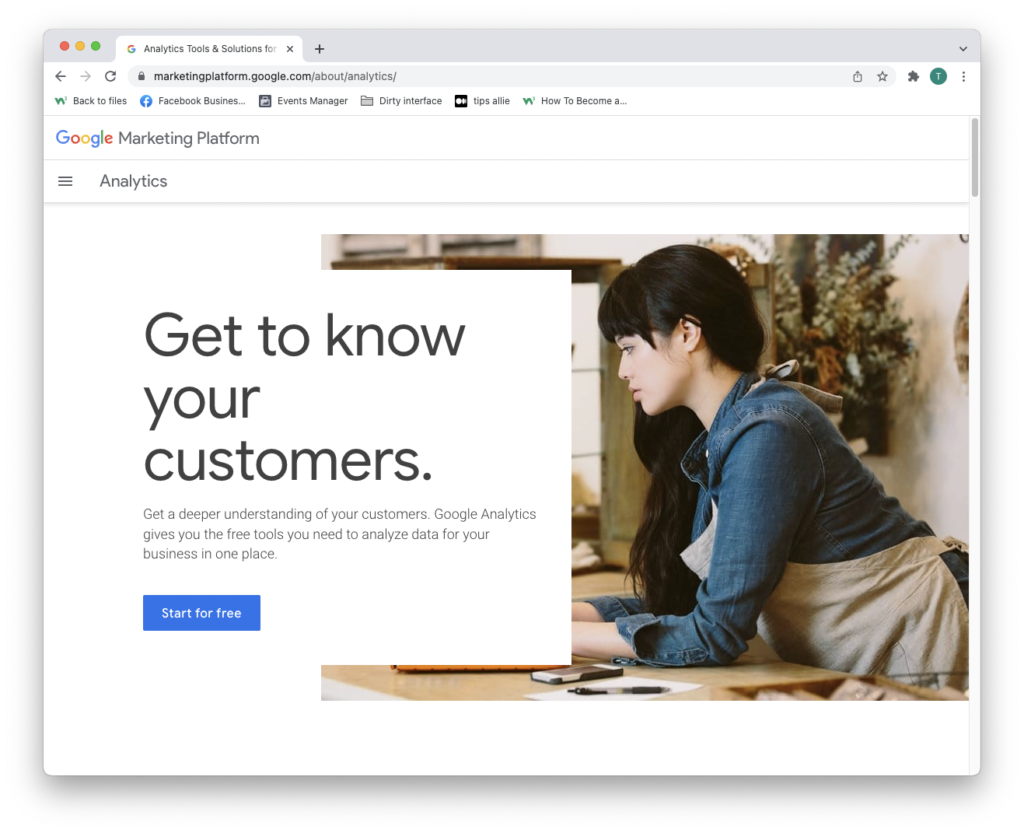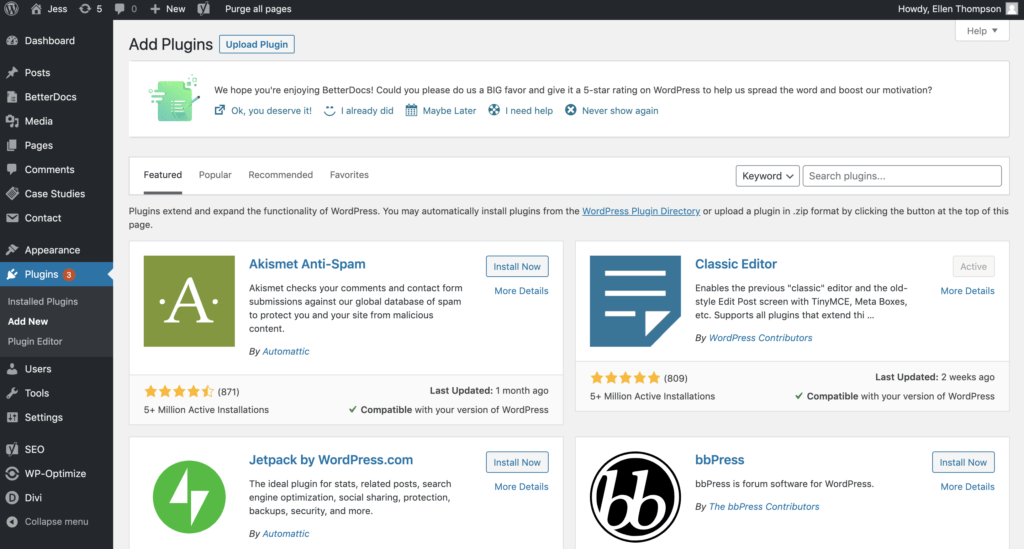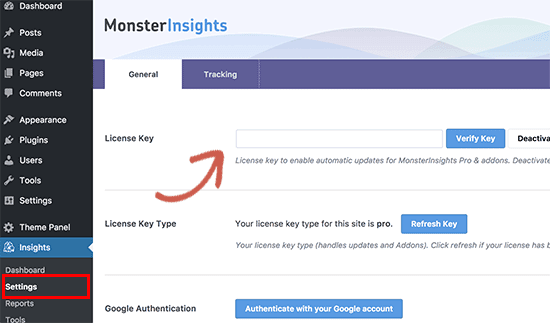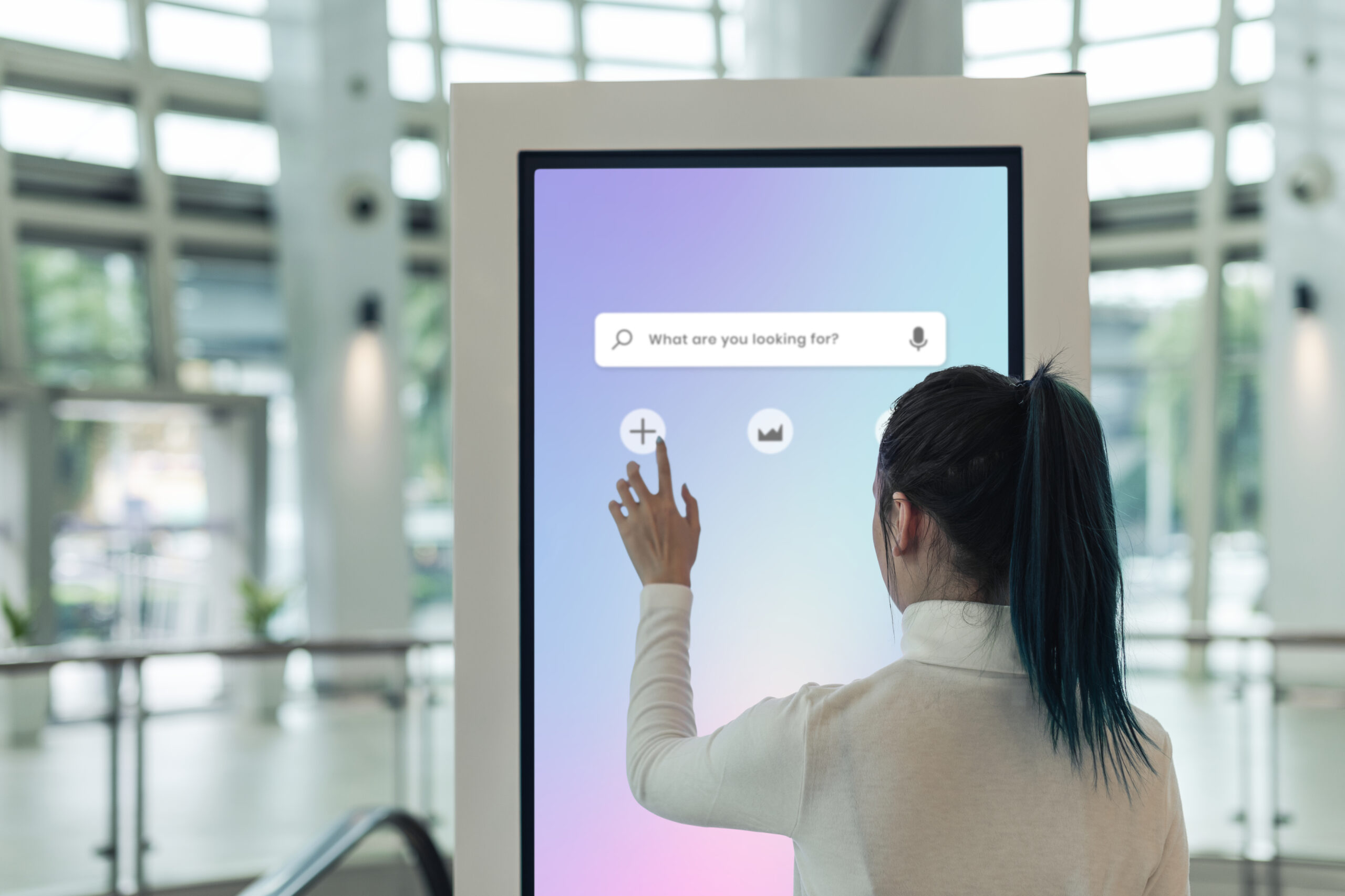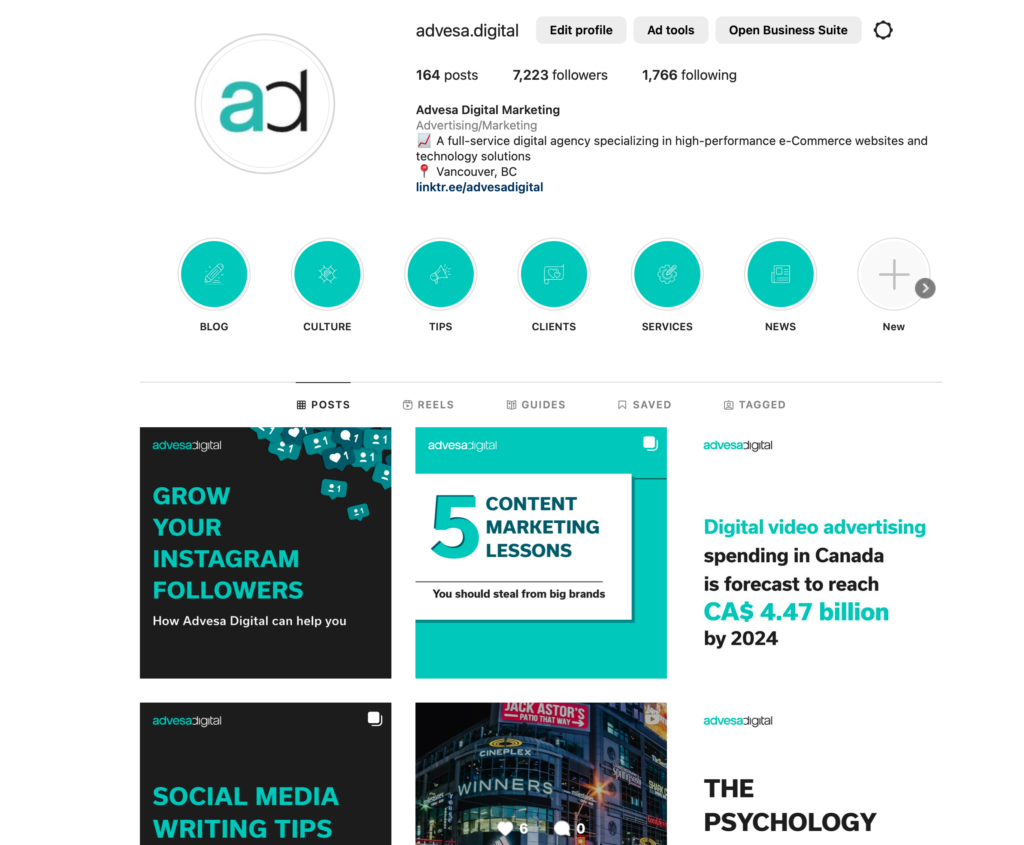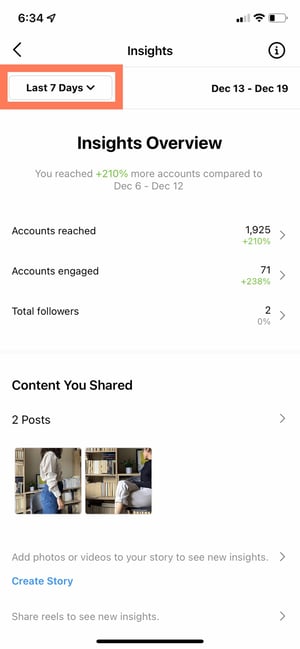Artificial intelligence (AI) can be said to be one of the biggest waves in the world of business and technology, partly thanks to the advancement of technological factors referred to as “natural evolution”.
One of the most studied advancements is the large language models that now allow them to gain deeper understanding of language. The result of this is that conversations with AI become much more natural and intuitive (ChatGPT is an example).
The Google search engine, or more closely the advertising platform of Google, has taken advantage of this by making wider use of Broad Match, a type of setting in Google Ads, which helps brands reach more people with less effort than other manual forms.
In fact, while broad keyword matching has been in Google Ads since the early days, it was rarely chosen by advertisers.
The reason for its lack of usage is because it doesn’t work.
For a simple example like this, if you search with the keyword “pet treatment at home”, an ad with another unrelated keyword “pet treatment” will also be stimulated.
However, thanks to new advances in AI and other ongoing updates, Google’s broad match is now better at recognizing contextual factors and user search intent after each iteration, keyword or query.
Today, broad match has the ability to understand search queries on a deeper level and this makes it one of the most effective solutions for Google search ads.
New advances in AI are supporting effective marketing activities
Continuing with the advertising story on Google, when an advertiser launches a broad match, Google’s algorithms will start looking for synonyms for the selected keyword and build up a real keyword network.
For example, an ad keyword that includes the word “cheap” might match searches for “cheap”, “inexpensive” or “tight”. Although “tight” can be another way of saying “thrifty” or “limited spending,” users can use this word instead.
Thanks to new machine learning capabilities, large language models are now capable of better understanding user intent. Google uses algorithms to train billions of pieces of text with many different variations, different meanings of a word or phrase, as well as meanings depending on the word arrangement.
While language technology can understand user needs, it is most effective when combined with a Smart Bidding strategy.
This automated Google bid strategy takes into account a variety of signals and data points around users — such as search history, interests, or past purchases — to build predictive models that help advertisers identify target audiences or potential customers most likely to convert.
What businesses need to understand about Google Ads broad match in 2023
According to information from Google, below are the updates that Google Ads advertisers must be aware of.
Order is important and Broad Match understands this too
Previously, Google’s technology would match words or keywords that appeared in search queries and ads, but did not take into account the order of words in the query.
This means that, if someone is looking for a flight from Vancouver to Toronto, they may also see advertisements for a return flight from Toronto to Vancouver.
At the present, Google’s algorithm is already able to understand this and therefore only shows ads that are in the right direction that the user is looking for.
Google Ads has the ability to route traffic (traffic) to the right keywords
For most new advertisers, a question they often wonder is: “What happens when two ads from the same advertiser match the same search query or keyword”?
In the past, Google’s Broad Match would look at what’s known as an advertiser’s Ad Rank to help determine which ads to show, and this may not always be the case.
Google Ads now takes into account many other signals, such as other keywords in the ad group or landing page of the ad, to improve the relevance of keywords to ads for both advertisers and users.
In addition, thanks to the capabilities of large language models, broad match can also better understand the meaning of a search query and all its variations to improve the relevancy of the search query.
Multi-language combination
Google’s broad match has now recognized that some users may switch between different languages when searching for something online — and broad match also uses this information to deliver ads .
While advertisers set up multiple languages in their ad accounts, broad match can match relevant local traffic to ads, even if search behavior is done in another language.
The role of broad match in search advertising
While broad match is not a new concept, thanks to AI, this type of advertising approach has become a much more effective tool for search advertising.
The next important thing is that advertisers and marketers need to test and monitor their advertising effectiveness.
You can start by examining your campaign’s performance on Google Analytics, choosing the right bidding strategy, or tracking down new keywords that broad match identifies as helping bring in new customers.
AI learns from you and you learn from AI. Broad match success is not based on itself but on the people using it. Therefore, you need to actively create, learn and more, the future is in your hands.
For more news and insights on marketing, check out our other featured articles here.





